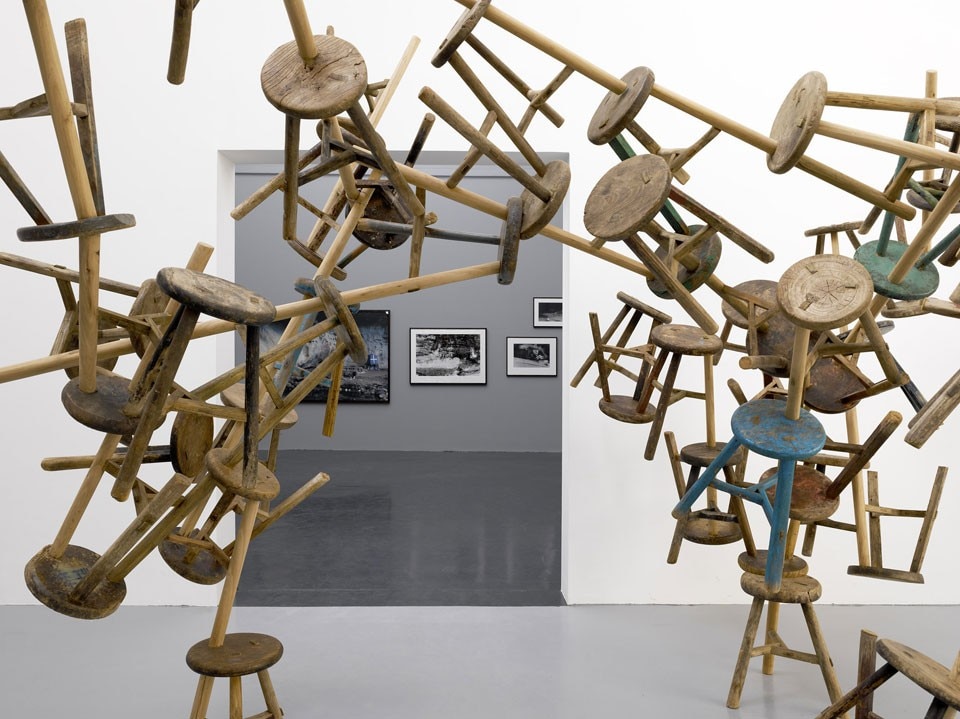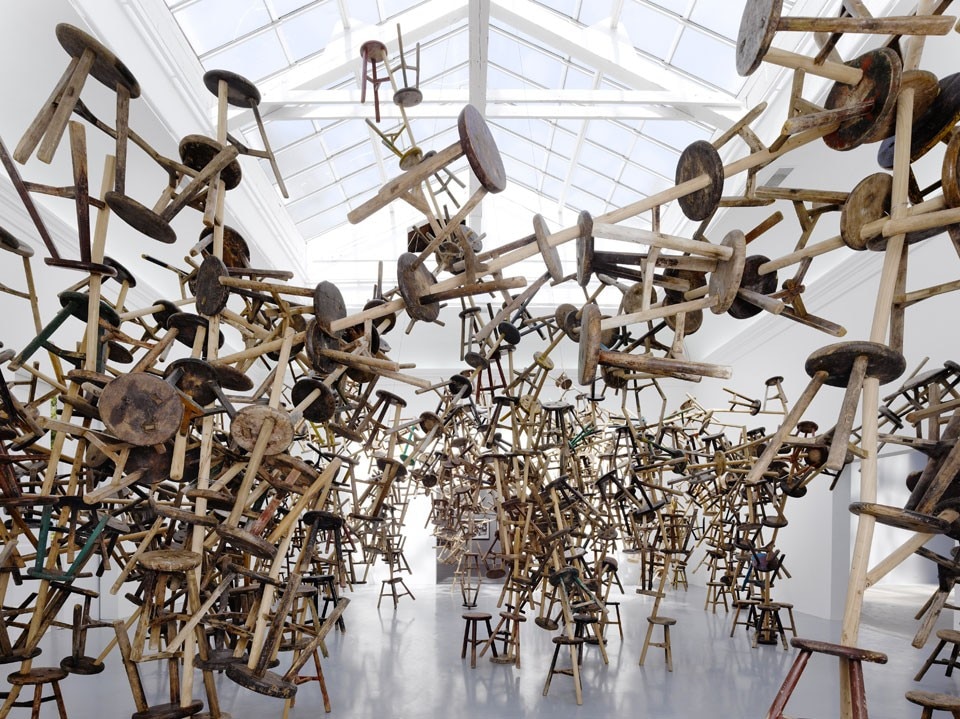On the occasion of the 55th International Art Exhibition — Venice Biennale, German national pavilion curator Susanne Gaensheimer continues a critical examination of the meaning of traditional forms of “national representation” in “national pavilions”. Departing from a reflection on how the production of art in Germany today is defined by various forms of collaboration between artists from all over the world, and by an intellectual and cultural climate that is profoundly international, the curator proposes that the nationally defined format be treated as an open concept. This way, Germany can be understood as an active participant in a complex, worldwide network.
With this in mind, Gaensheimer invited Romuald Karmakar, Santu Mofokeng, Dayanita Singh and Ai Weiwei — four international artists from four different countries — to participate in the German pavilion. In their works — which vary greatly in terms of form and focus —, these artists challenge the notion of the unambiguous biography and of the specific national or cultural identity. They also explore the dissolution of particular concepts of identity precipitated by modernisation and the globalisation of their respective realities.

"The single stool as part of an encompassing sculptural structure may be read as a metaphor for the individual and its relation to an overarching and excessive system in a postmodern world developing at lightning speed," states curator Susanne Gaensheimer. "In the present exhibition, it functions also as a metaphor of the themes addressed in the works of Romuald Karmakar, Santu Mofokeng, and Dayanita Singh, each of whom has devised distinctive techniques to present a variety of perspectives on how biographical, cultural, or political identity is related to larger, transnational conditions and circumstances."

Through 24 November 2013
The German Pavilion
55. International Art Exhibition – Venice Biennale
Giardini, Venice



